Home>Interior Design>What’s The Best Temperature For Sleep? Advice From Experts
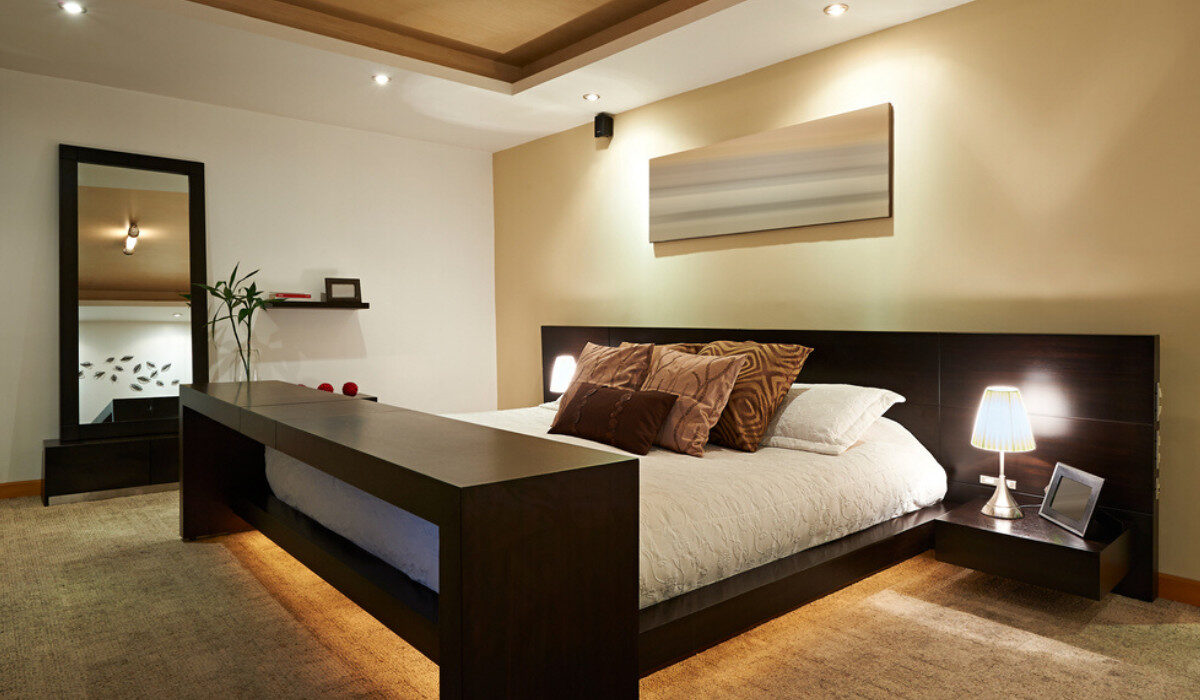

Interior Design
What’s The Best Temperature For Sleep? Advice From Experts
Modified: March 26, 2024
Discover the optimal temperature for a good night's sleep according to interior design experts. Learn their advice on achieving the perfect sleep environment.
(Many of the links in this article redirect to a specific reviewed product. Your purchase of these products through affiliate links helps to generate commission for Storables.com, at no extra cost. Learn more)
Introduction
Getting a good night’s sleep is essential for our overall well-being and productivity. Many factors can affect our sleep quality, including noise, light, and most importantly, temperature. The temperature in our bedroom plays a crucial role in determining how well we sleep. If the room is too hot or too cold, it can disrupt our sleep patterns and leave us feeling restless and groggy in the morning.
So, what is the best temperature for sleep? The answer may vary from person to person, as individual preferences and external factors come into play. However, experts suggest that maintaining a cool and comfortable sleep environment is key to achieving a restful night’s sleep.
In this article, we will explore the various factors affecting sleep temperature, recommended room temperatures for optimal sleep, how to adjust sleep temperature for different seasons, and provide some helpful tips for achieving the ideal sleep temperature.
Key Takeaways:
- The ideal sleep temperature falls between 60 to 67 degrees Fahrenheit, but personal preferences, age, and health conditions can influence individual needs. Experiment and adjust to find your perfect sleep environment.
- Consider factors like age, metabolism, and climate when determining your ideal sleep temperature. Experiment with different strategies and adjustments to create a comfortable and conducive atmosphere for restful sleep.
Factors Affecting Sleep Temperature
The ideal sleep temperature can differ based on several factors, including individual preferences, age, health conditions, and climate. Understanding these factors can help you create the perfect sleep environment tailored to your needs. Here are some key factors that can influence sleep temperature:
- Personal Preference: Each individual may have a different preference when it comes to sleep temperature. Some people feel most comfortable in a cooler room, while others prefer a slightly warmer environment. It’s important to consider your own comfort level and adjust accordingly.
- Age: Age can play a significant role in determining sleep temperature preferences. Young children and older adults tend to feel more comfortable with slightly warmer temperatures, while younger adults may prefer a cooler room.
- Metabolism: Our individual metabolism can also impact our sleep temperature needs. People with a faster metabolism may naturally feel warmer and prefer a slightly cooler room, while those with a slower metabolism may feel colder and prefer a warmer environment.
- Health Conditions: Certain health conditions can affect our body’s temperature regulation. For example, individuals with thyroid issues may experience fluctuations in body temperature and may need to adjust the room temperature accordingly to ensure a comfortable sleep environment.
- Climate and Season: The climate and season can also influence our sleep temperature needs. In colder climates, we may need to increase the room temperature to stay warm, while in hotter climates, we may need to lower the temperature to maintain a comfortable sleeping environment.
It’s important to note that finding the perfect sleep temperature may require some experimentation on your part. You may need to adjust the temperature and assess how it affects your sleep quality and overall comfort. By understanding these factors, you can make informed decisions about how to create the best sleep environment for yourself.
Recommended Room Temperature for Sleep
While individual preferences may vary, there is a general consensus among experts regarding the recommended room temperature for optimal sleep. The ideal sleep temperature typically falls between 60 to 67 degrees Fahrenheit (15 to 19 degrees Celsius).
Why is this temperature range recommended? Research has shown that our body temperature naturally drops during sleep, and providing a cooler sleep environment can facilitate this natural temperature regulation. When we sleep in a cooler room, our body can better maintain its temperature and enter into a deeper, more restorative sleep.
However, it is important to note that the recommended temperature range may not be suitable for everyone. As mentioned earlier, personal preferences and individual factors can influence the ideal sleep temperature. Some individuals may find that they sleep better at slightly higher or lower temperatures.
If you find it challenging to determine your ideal sleep temperature, it can be helpful to start within the recommended range and make adjustments based on your comfort level. Experiment with different temperatures to find the range that allows you to sleep comfortably and wake up feeling refreshed.
In addition to room temperature, it’s also essential to consider other factors that can impact your sleep environment. These include factors such as bedding materials, clothing choices, and ventilation. Breathable and moisture-wicking fabrics can help regulate your body temperature and keep you cool throughout the night.
Furthermore, ensure that your bedroom is adequately ventilated to allow for proper airflow. Using fans or opening windows can help circulate fresh air and maintain a comfortable sleep environment.
In summary, aiming for a room temperature between 60 to 67 degrees Fahrenheit (15 to 19 degrees Celsius) is generally recommended for achieving optimal sleep. However, it’s essential to consider personal preferences and individual factors when determining the ideal temperature for your sleep environment.
The best temperature for sleep is generally between 60-67°F (15-19°C). This range helps your body cool down and signal that it’s time for rest, leading to better quality sleep.
Adjusting Sleep Temperature for Different Seasons
As the seasons change, so do the external temperatures, making it necessary to adjust our sleep temperature accordingly. Here are some tips for adapting your sleep environment to different seasons:
- Summer: During hot summer months, it’s important to keep your bedroom cool to promote better sleep. You can achieve this by using air conditioning or fans to circulate cool air. Additionally, consider using lightweight, breathable bedding and sleepwear to help you stay comfortable without overheating.
- Winter: In colder winter months, maintaining a warm and cozy sleep environment is essential. It’s recommended to adjust your thermostat to a slightly warmer temperature to combat the cold. Use insulating blankets and flannel or fleece bedding to keep warm during chilly nights. Wearing comfortable yet warm sleepwear can also help regulate your body temperature.
- Spring and Fall: In transitional seasons like spring and fall, where temperatures can vary, it’s crucial to adapt your sleep environment accordingly. Pay attention to weather forecasts and adjust your thermostat accordingly. Use bedding and sleepwear that can be layered, allowing you to add or remove layers as needed to maintain a comfortable sleep temperature.
In addition to adjusting the room temperature, it’s important to consider natural methods of temperature control. If the weather permits, opening windows during mild seasons can bring in fresh air and help regulate the room temperature. Using blackout curtains or shades can also help regulate sunlight and prevent excessive heat or cold from entering your bedroom.
Remember, finding the right sleep temperature during different seasons may require some trial and error. Pay attention to how you feel and make adjustments accordingly. By adapting your sleep environment to the seasonal changes, you can create a comfortable space that promotes restful sleep throughout the year.
Tips for Achieving Optimal Sleep Temperature
Creating the perfect sleep temperature in your bedroom can significantly improve the quality of your sleep. Here are some helpful tips for achieving an optimal sleep temperature:
- Use a programmable thermostat: Invest in a programmable thermostat that allows you to set different temperatures for different times of the day. This way, you can ensure that your bedroom is cool when you go to bed and adjust the temperature to a comfortable level before you wake up.
- Choose breathable bedding materials: Opt for bedding made from breathable materials such as cotton or bamboo. These fabrics allow for better airflow, helping to regulate your body temperature and prevent overheating during sleep.
- Consider your mattress and pillows: The materials and construction of your mattress and pillows can also impact your sleep temperature. Memory foam mattresses and pillows tend to retain heat, so if you sleep hot, consider alternatives that promote airflow and dissipate body heat.
- Choose the right sleepwear: Wear loose-fitting, breathable sleepwear that doesn’t trap heat against your body. Natural fabrics such as cotton or linen are excellent choices for sleepwear as they allow for better air circulation.
- Keep your bedroom well-ventilated: Poor ventilation in your bedroom can lead to stale air and discomfort. Ensure that windows can be opened for fresh air circulation, or consider using fans or air purifiers to improve air quality and promote airflow.
- Block out external sources of heat: In warmer months, use blackout curtains or shades to minimize the entry of sunlight and heat into your bedroom. Additionally, consider using reflective window films to deflect heat from the sun.
- Use cooling aids: There are several cooling aids available in the market, such as cooling mattress toppers, cooling pillows, or even cooling fans specially designed for the bed. These can help create a more comfortable sleep environment, especially during hot weather.
- Monitor humidity levels: High humidity levels can make the room feel warmer and more uncomfortable. Use a dehumidifier to reduce moisture levels in the air, especially during humid summer months.
Remember that everyone’s sleep temperature preferences may differ, so it’s important to find what works best for you. Experiment with different strategies and adjustments until you discover the optimal sleep temperature that promotes restful and rejuvenating sleep.
Conclusion
Creating the ideal sleep temperature in your bedroom is crucial for getting a good night’s sleep. While the recommended room temperature falls between 60 to 67 degrees Fahrenheit (15 to 19 degrees Celsius), individual preferences, age, health conditions, and climate can influence the ideal sleep temperature for each person.
Factors such as personal preference, age, metabolism, health conditions, and climate can all affect our sleep temperature needs. It’s important to listen to your body and adjust your sleep environment accordingly to create a comfortable and conducive atmosphere for restful sleep.
By considering factors such as adjusting sleep temperature for different seasons, using the right bedding and sleepwear, ensuring proper ventilation, and using cooling aids when necessary, you can create an optimal sleep environment that promotes better sleep quality.
Remember, finding the perfect sleep temperature may require some experimentation and adjustments. Pay attention to how you feel and make changes based on your comfort level. Everyone’s sleep preferences are unique, so trust your instincts and find what works best for you.
By prioritizing the right sleep temperature and creating a comfortable sleep environment, you can significantly improve the quality of your sleep and wake up feeling refreshed, rejuvenated, and ready to take on the day.
Frequently Asked Questions about What's The Best Temperature For Sleep? Advice From Experts
Was this page helpful?
At Storables.com, we guarantee accurate and reliable information. Our content, validated by Expert Board Contributors, is crafted following stringent Editorial Policies. We're committed to providing you with well-researched, expert-backed insights for all your informational needs.
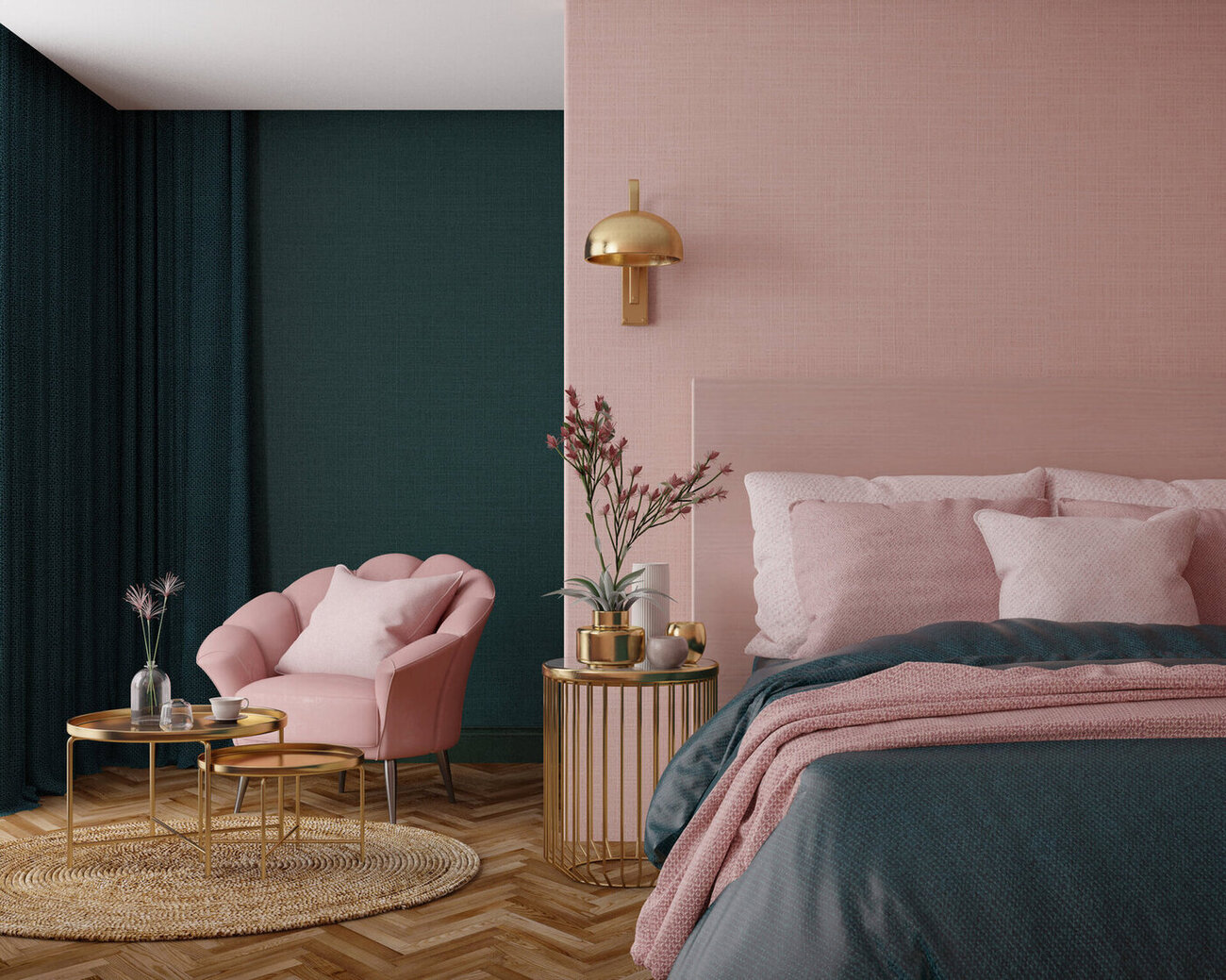

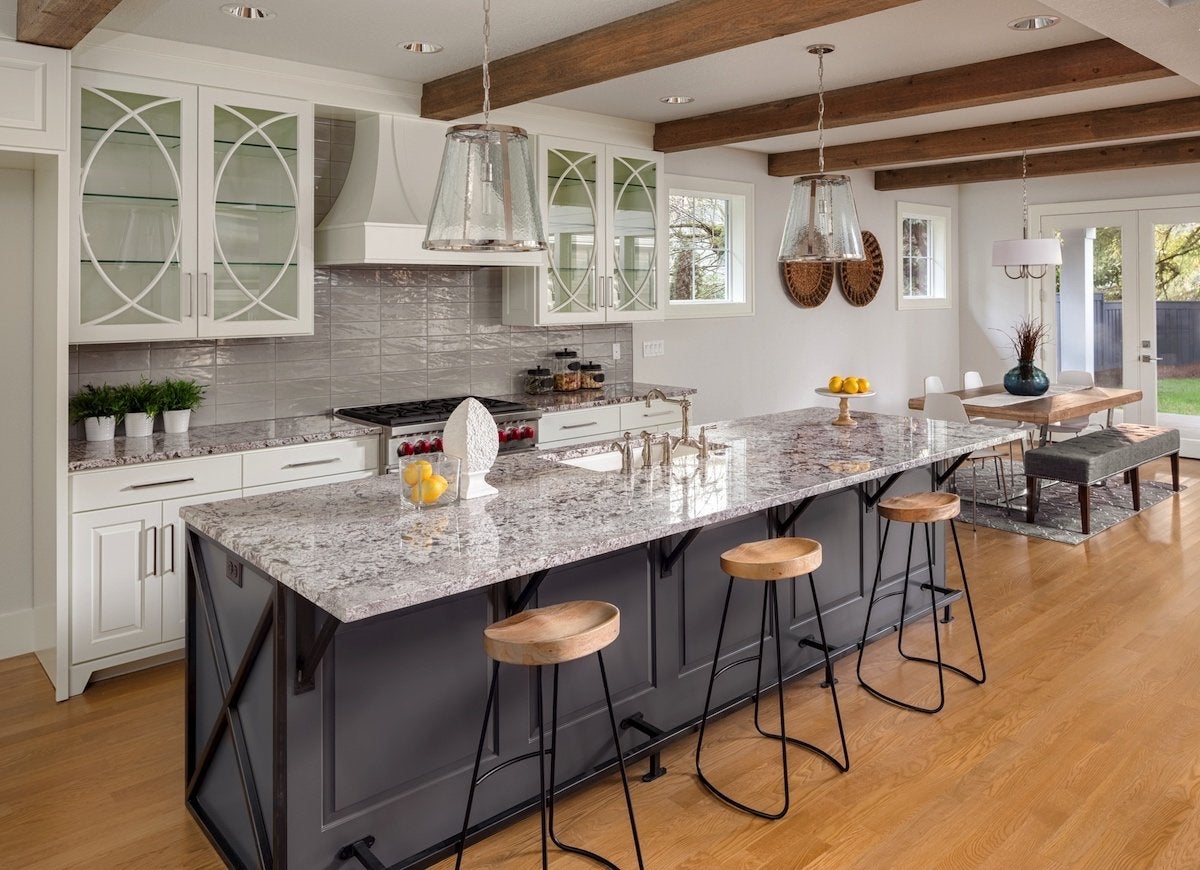
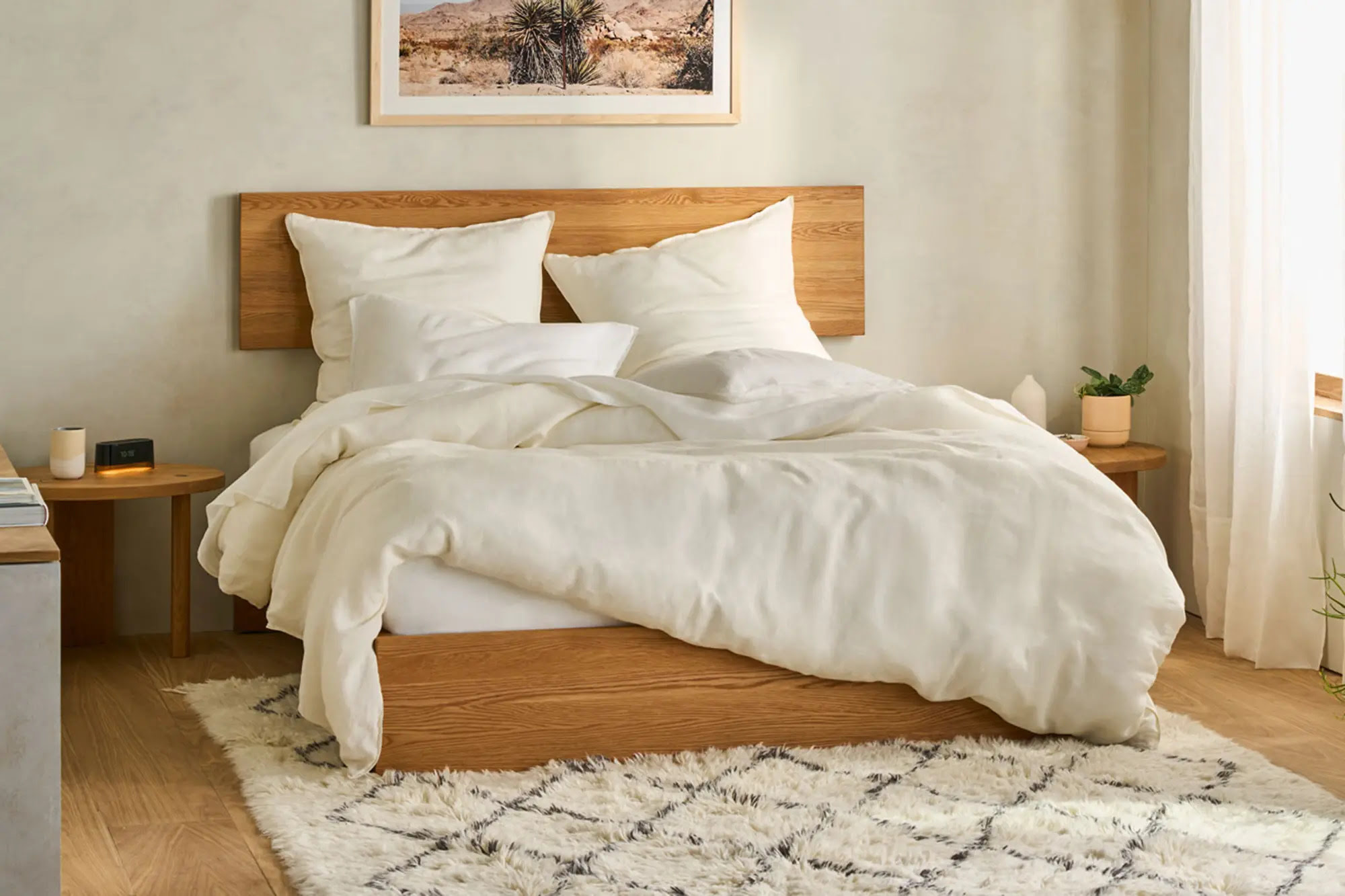
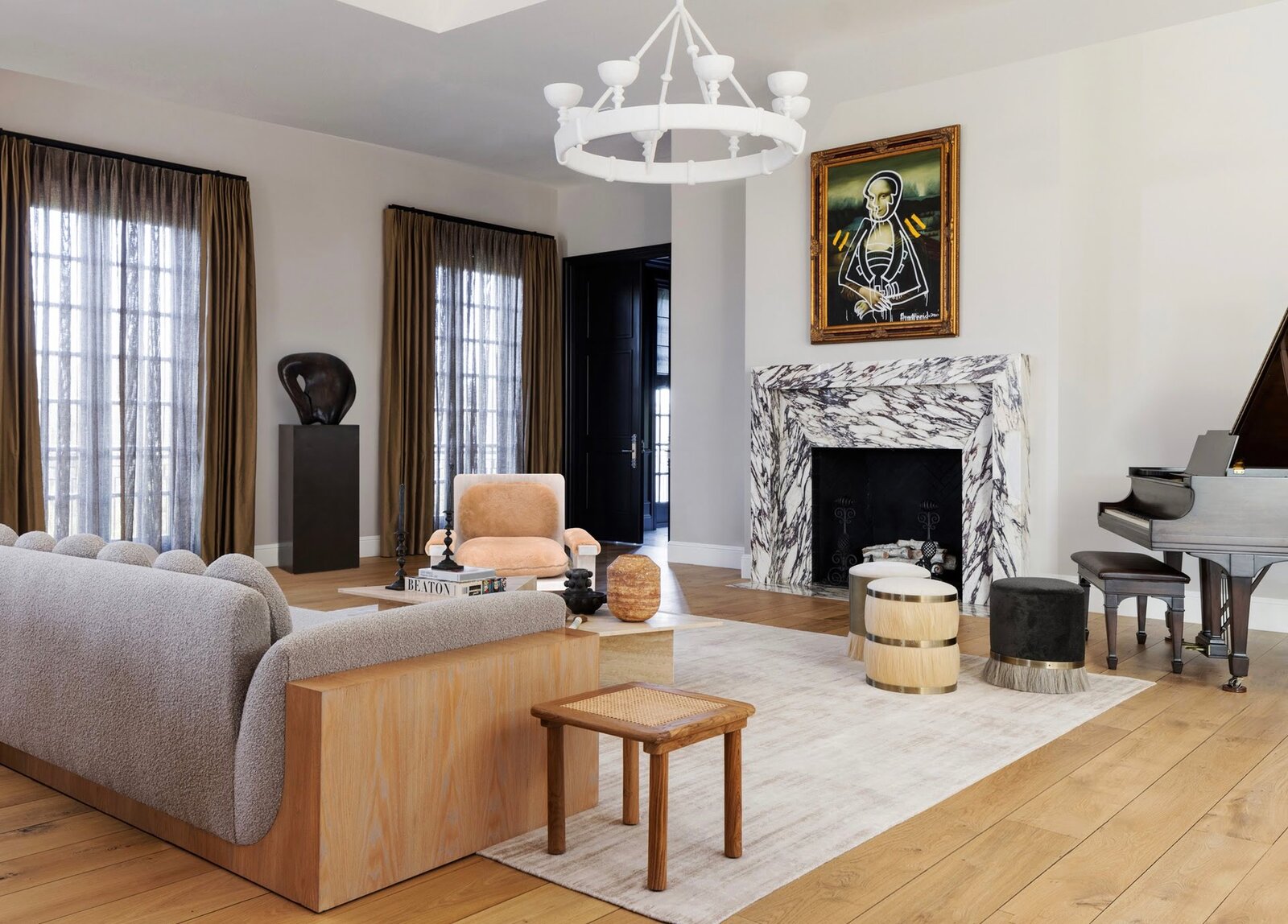
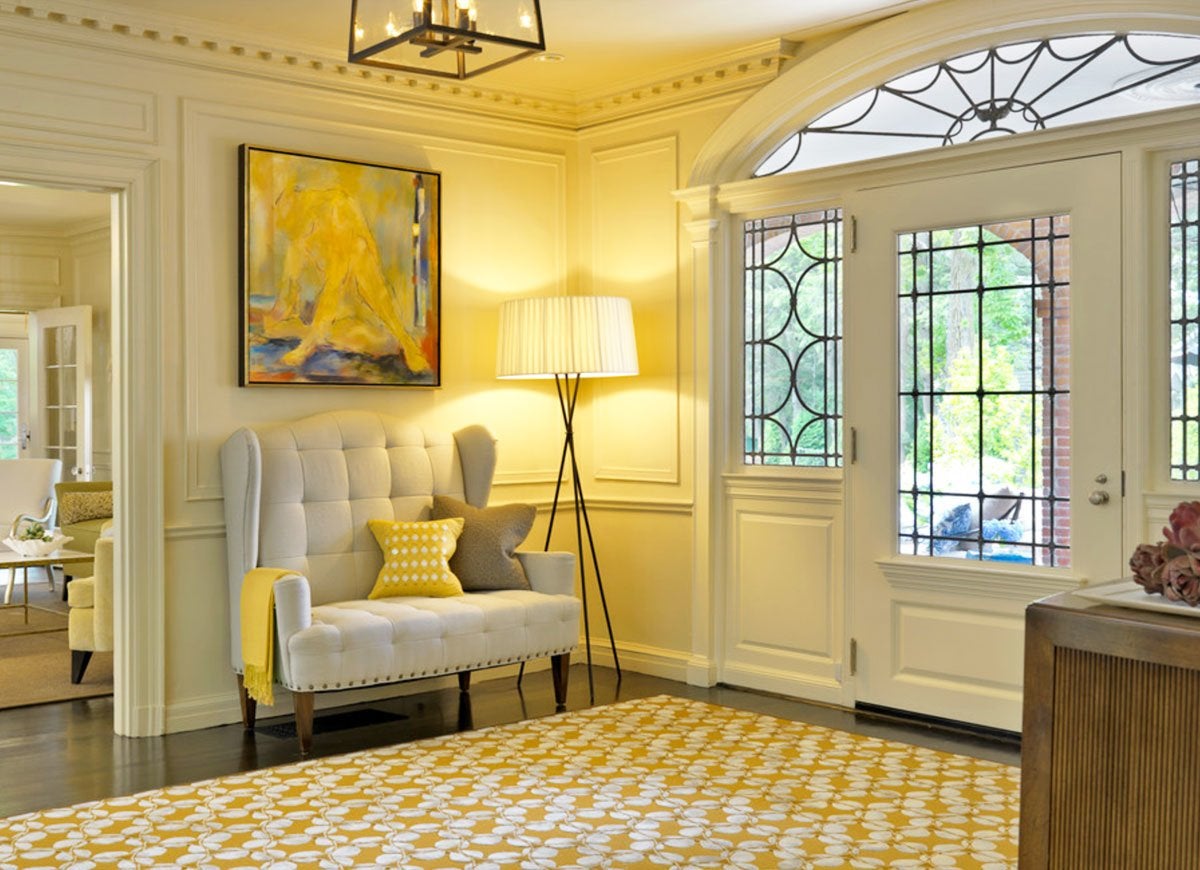
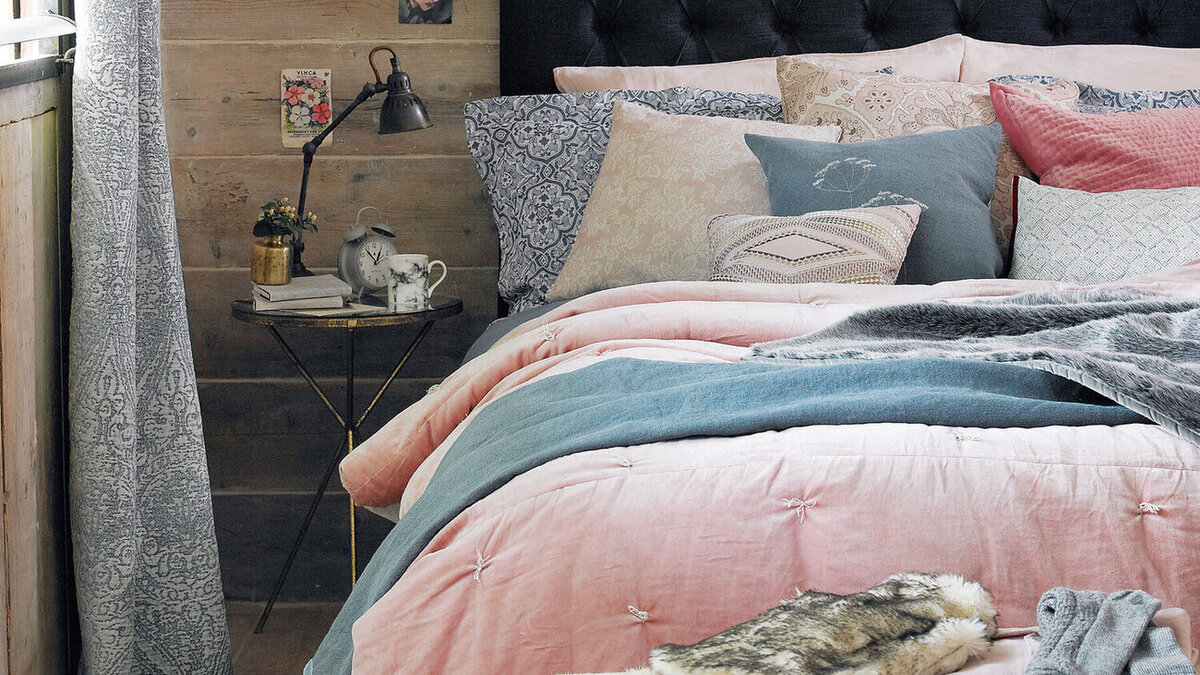
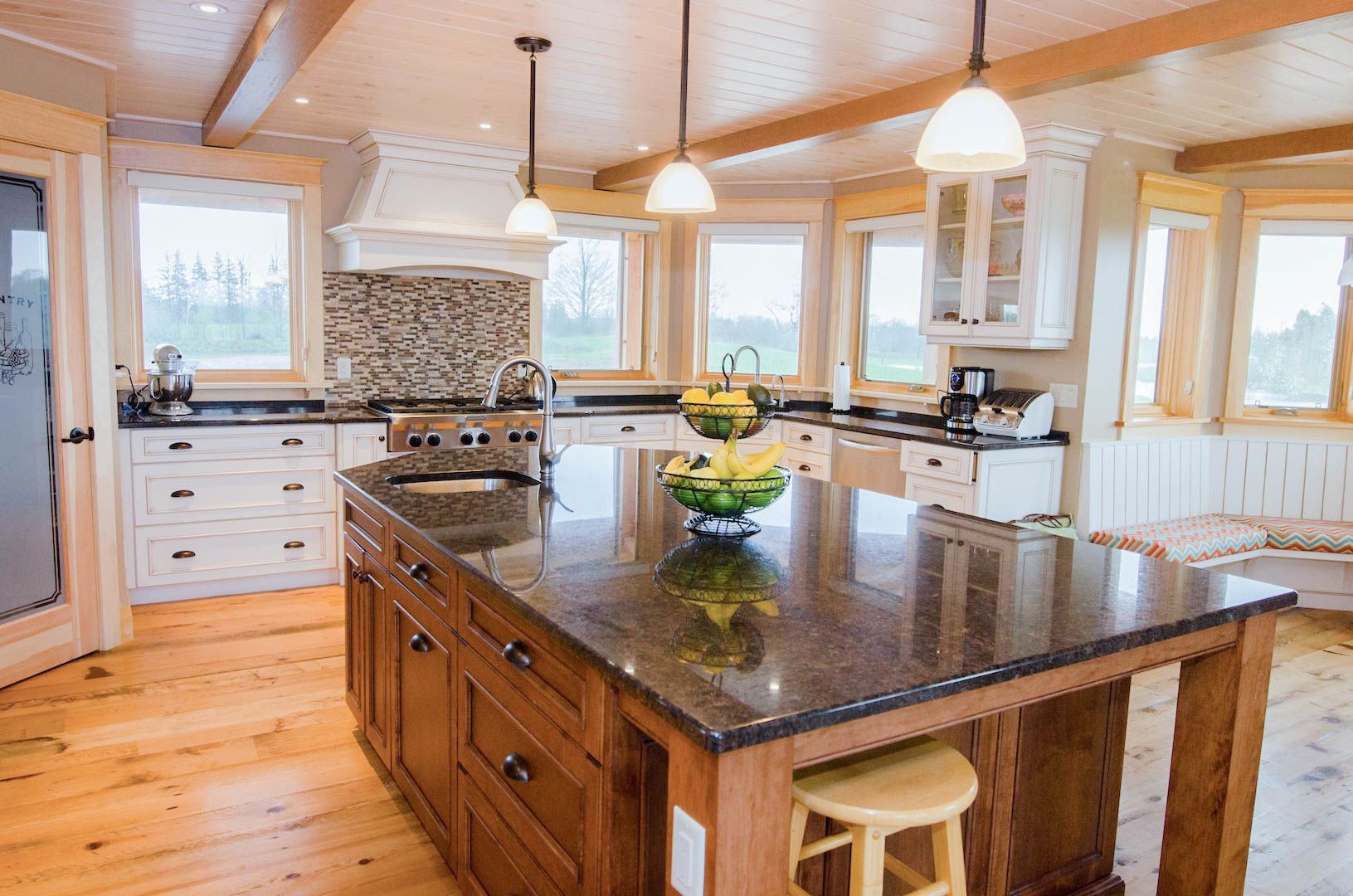
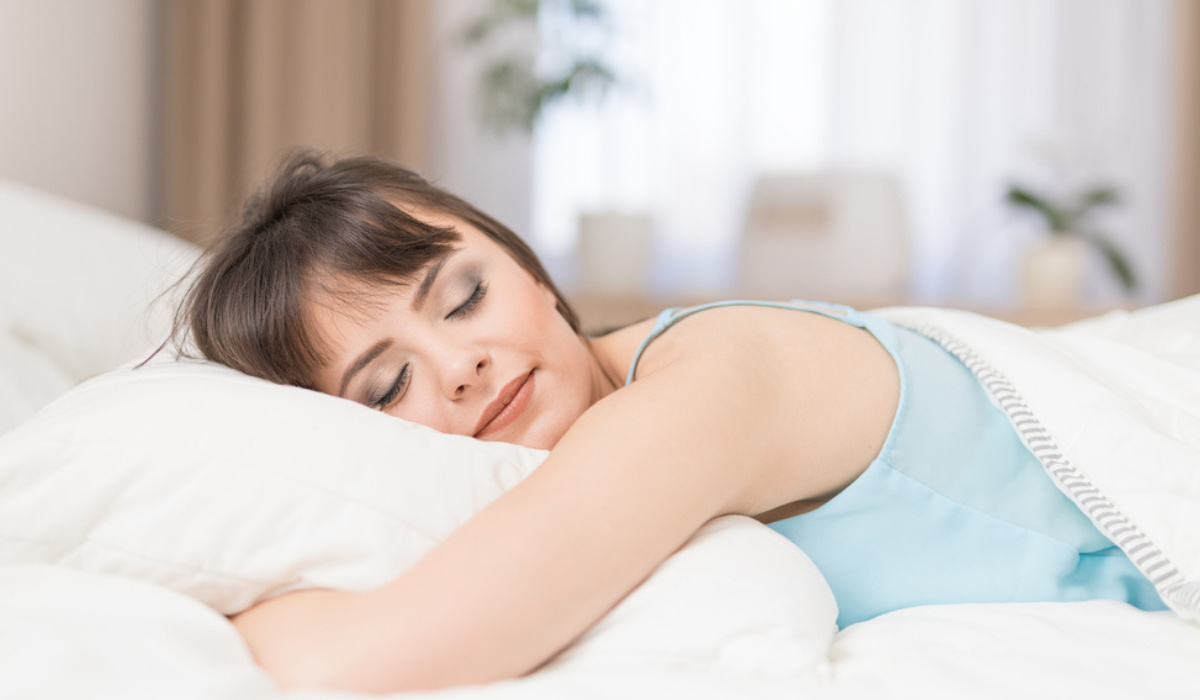
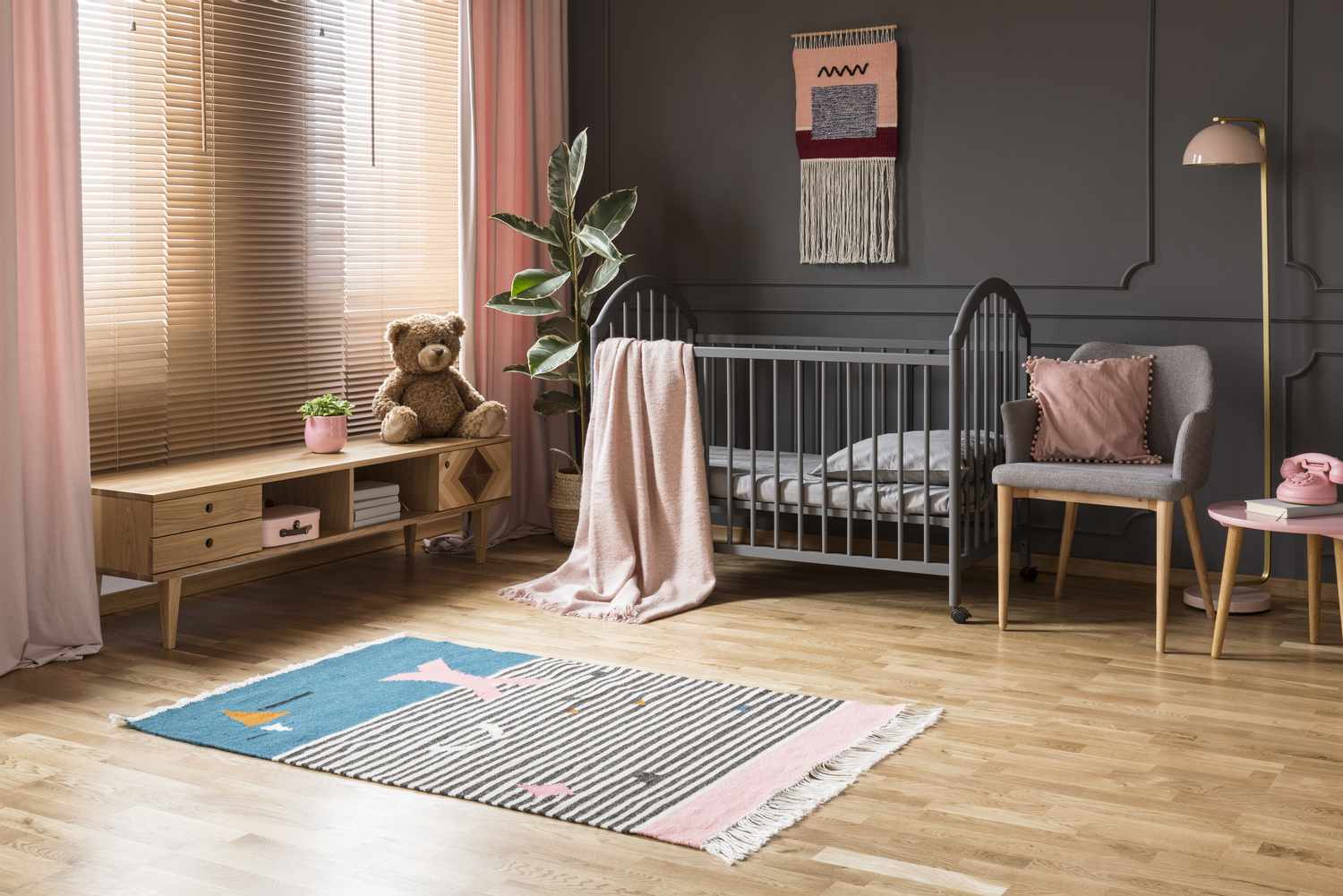

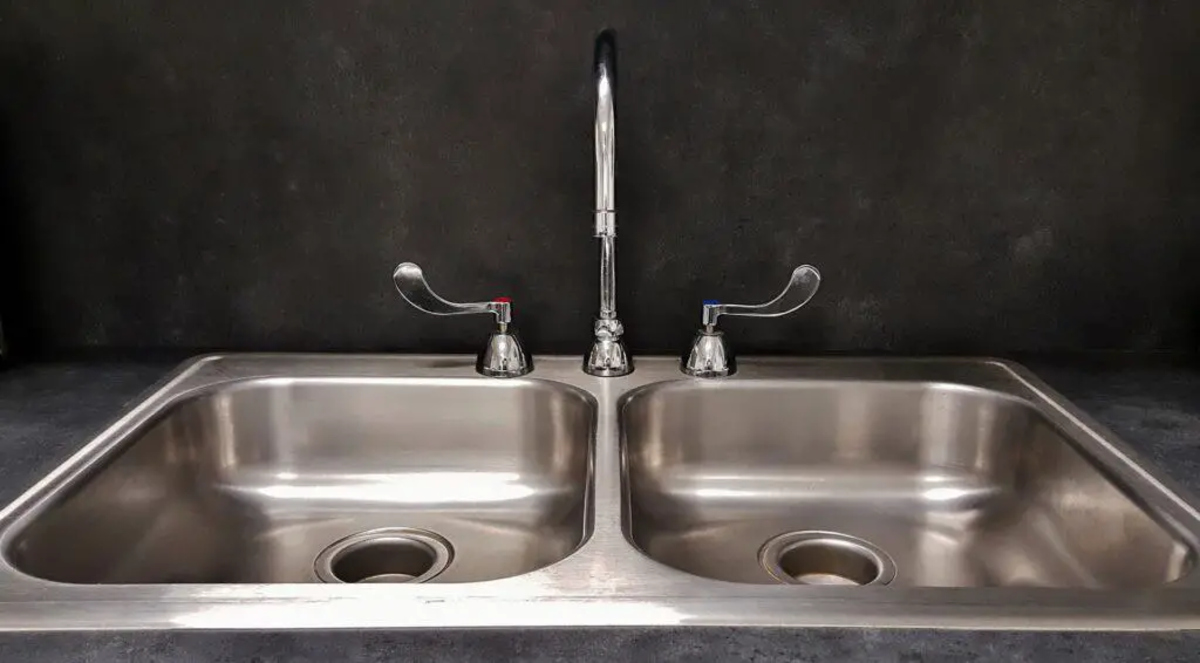

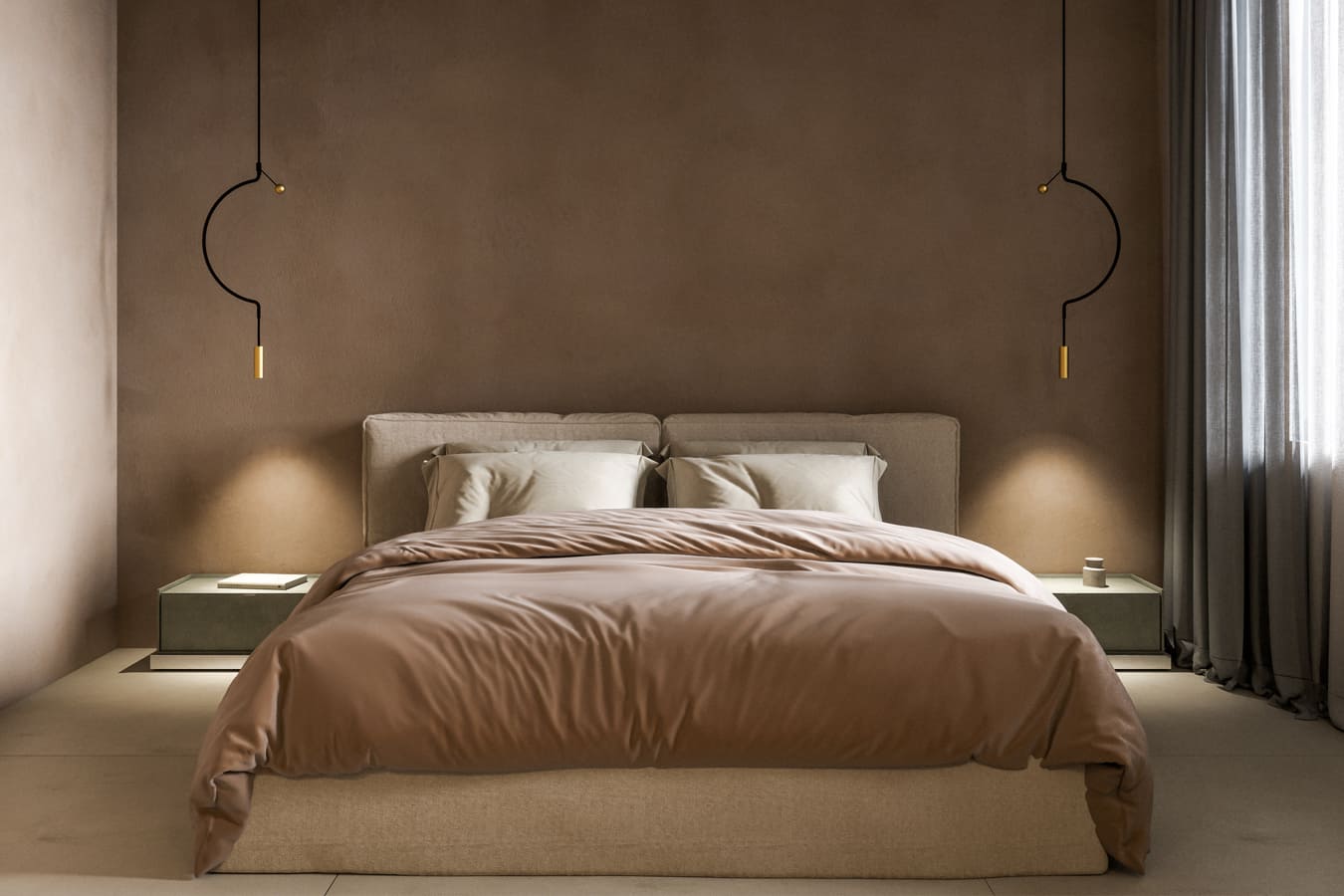

0 thoughts on “What’s The Best Temperature For Sleep? Advice From Experts”